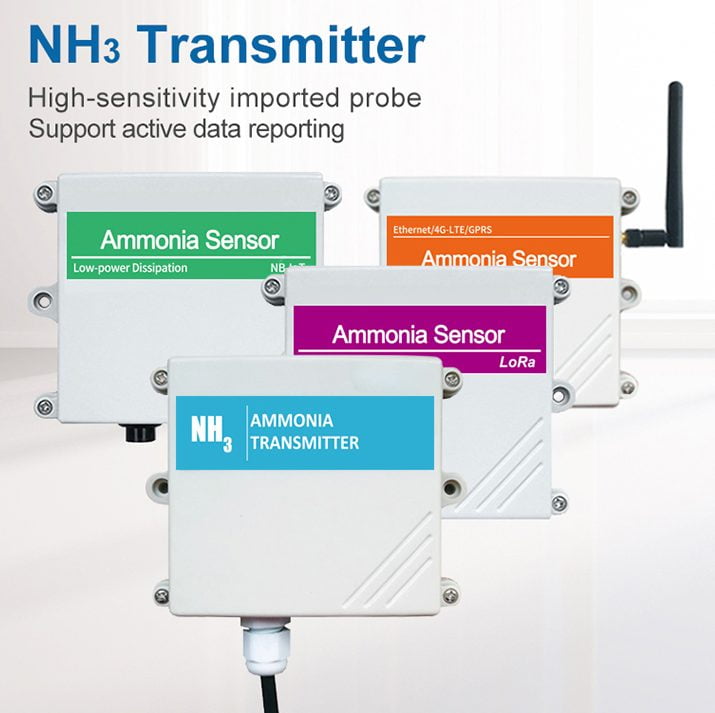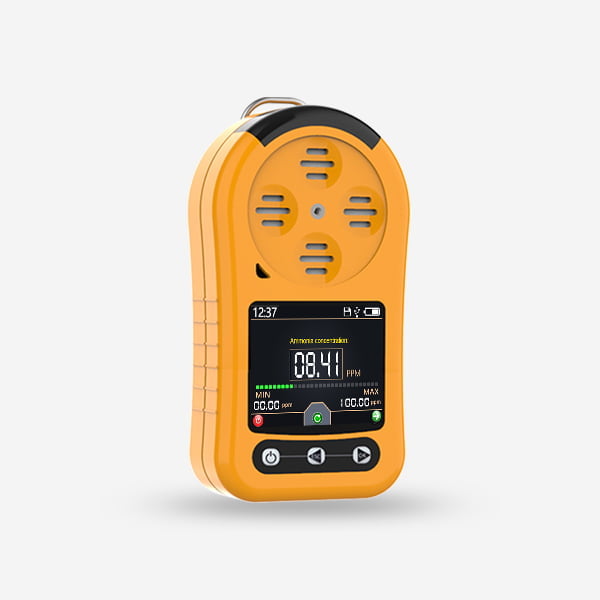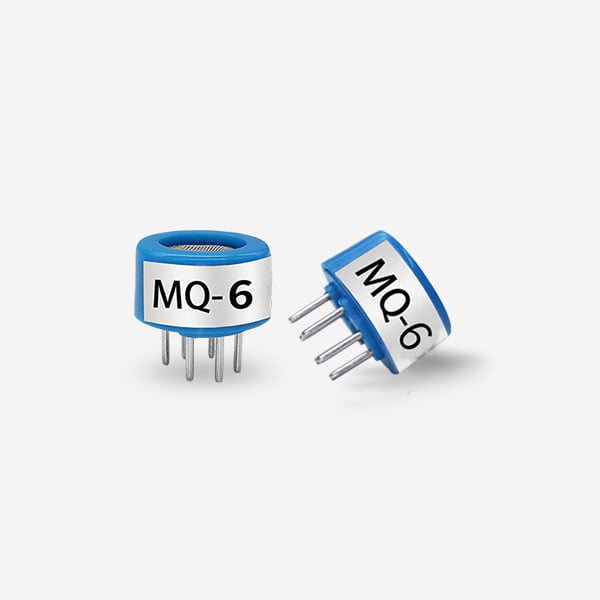Air quality is a critical factor influencing human health, environmental sustainability, and economic productivity. With the increasing urbanization and industrialization, air pollution has become a global concern, posing significant threats to public health and ecological systems. To address this issue, real-time air quality assessment has emerged as a vital tool for monitoring and mitigating air pollution. Smart gas sensors, as a cornerstone of modern environmental monitoring systems, play a pivotal role in this process.
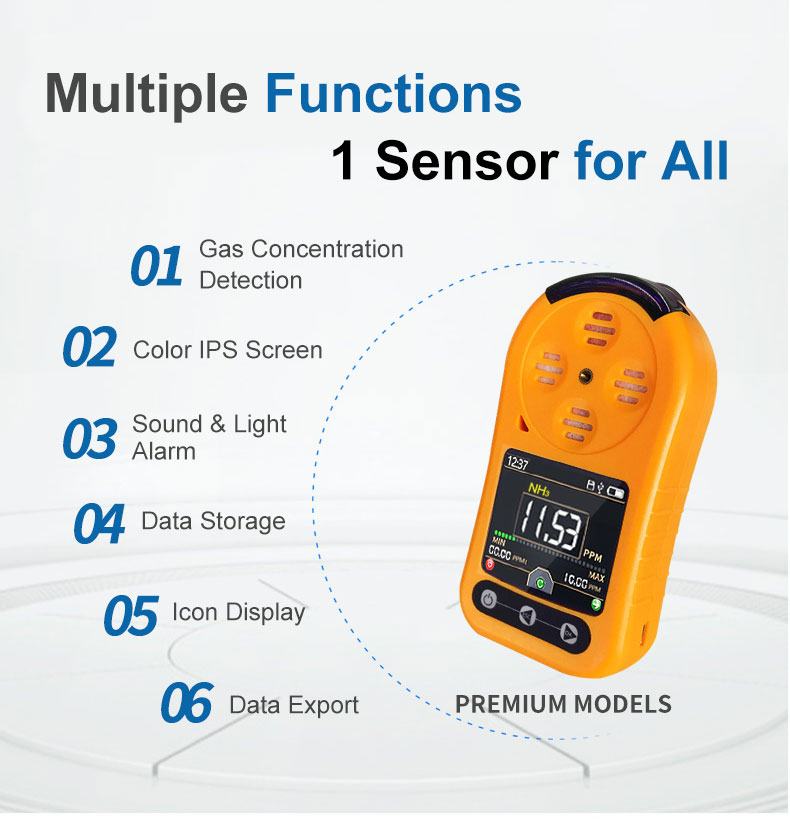
This article delves into the role of smart gas sensors in real-time air quality assessment. It explores the evolution of gas sensing technology, the working principles of smart gas sensors, their applications in various sectors, and the challenges and opportunities associated with their use. By understanding these aspects, policymakers, industry stakeholders, and researchers can harness the full potential of smart gas sensors to improve air quality and protect public health.
Evolution of Gas Sensing Technology
The history of gas sensing technology dates back to the early 19th century, with the development of simple chemical indicators for detecting the presence of gases. Over the decades, the field has undergone significant advancements, evolving from basic chemical detection methods to sophisticated electronic and optical sensors.
Early gas sensors relied on chemical reactions to produce visible changes, such as color changes in indicator papers or solutions. However, these methods were limited by their lack of specificity, sensitivity, and real-time capabilities. As technology progressed, electronic gas sensors emerged, utilizing principles such as conductivity, capacitance, and piezoelectricity to detect gases. These sensors offered improved sensitivity and specificity but still faced challenges in terms of stability, selectivity, and long-term performance.
The advent of microelectronics and nanotechnology in the 20th century marked a turning point in gas sensing technology. Smart gas sensors, incorporating microprocessors, data loggers, and wireless communication capabilities, began to emerge. These sensors offered unprecedented levels of accuracy, reliability, and real-time data collection, making them ideal for a wide range of applications.
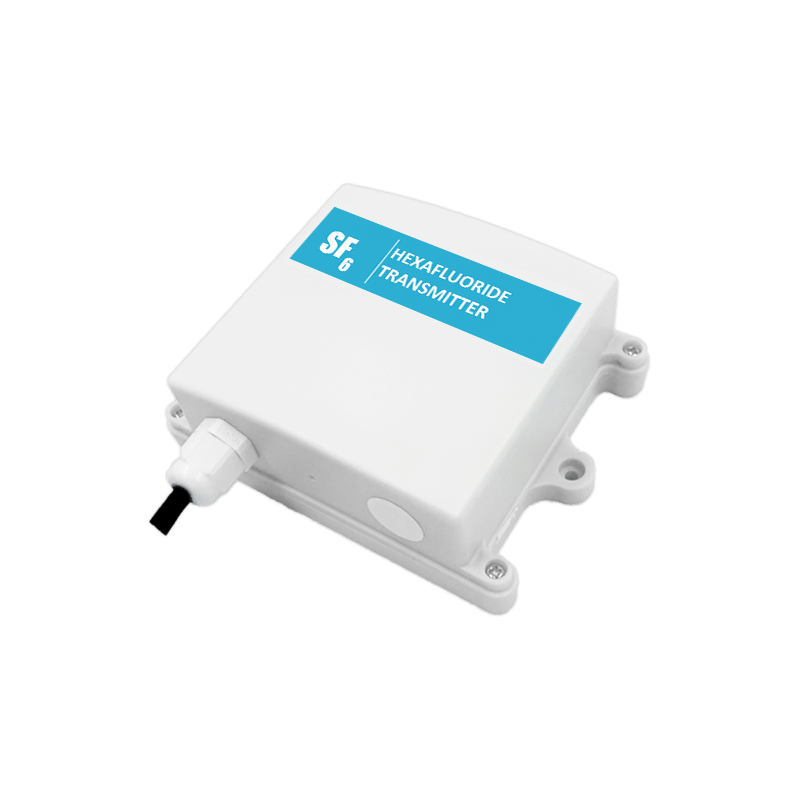
Working Principles of Smart Gas Sensors
Smart gas sensors operate based on various sensing principles, each tailored to detect specific gases or gas classes. Some of the most commonly used sensing principles include:
- Metal Oxide Semiconductors (MOS): MOS sensors utilize a heated metal oxide semiconductor material that reacts with target gases, causing changes in its electrical conductivity. These changes are measured and converted into gas concentration levels.
- Non-Dispersive Infrared (NDIR): NDIR sensors measure the absorption of infrared radiation by gases. Each gas absorbs infrared light at specific wavelengths, allowing for the selective detection of individual gases.
- Photoionization Detectors (PID): PID sensors use ultraviolet light to ionize target gases, creating a current that is proportional to the gas concentration. These sensors are highly sensitive to volatile organic compounds (VOCs).
- Catalytic Bead Sensors: Catalytic bead sensors operate by burning target gases on a heated catalytic bead, causing a temperature change that is measured and correlated to gas concentration.
- Electrochemical Sensors: Electrochemical sensors utilize chemical reactions to generate an electrical current that is proportional to the gas concentration. These sensors are commonly used for detecting toxic gases such as carbon monoxide and sulfur dioxide.
Smart gas sensors often integrate multiple sensing principles to enhance their performance and selectivity. Additionally, they incorporate advanced signal processing algorithms and data fusion techniques to improve accuracy and reliability.
Applications of Smart Gas Sensors in Real-Time Air Quality Assessment
Smart gas sensors have found widespread applications in real-time air quality assessment, across various sectors including environmental monitoring, industrial safety, healthcare, and smart cities.
Environmental Monitoring
In environmental monitoring, smart gas sensors are used to continuously monitor air quality in urban, rural, and remote areas. They provide real-time data on pollutants such as particulate matter (PM2.5 and PM10), nitrogen dioxide (NO2), sulfur dioxide (SO2), ozone (O3), and volatile organic compounds (VOCs). This data is crucial for assessing air quality trends, identifying pollution sources, and implementing effective mitigation strategies.
For example, smart gas sensors can be deployed in air quality monitoring stations to provide continuous data on ambient air quality. This data can be used to issue air quality alerts, inform the public about pollution levels, and guide regulatory actions. Additionally, mobile monitoring systems equipped with smart gas sensors can be used to conduct spatial and temporal assessments of air quality, providing insights into the distribution and movement of pollutants.
Industrial Safety
In industrial settings, smart gas sensors play a critical role in ensuring worker safety and preventing accidents. They are used to monitor potentially hazardous gases such as hydrogen sulfide (H2S), ammonia (NH3), and methane (CH4) in various industries including refining, chemicals, mining, and wastewater treatment.
Smart gas sensors can be integrated into fixed or portable monitoring systems to provide real-time alerts and alarms in case of gas leaks or hazardous conditions. This helps to minimize the risk of exposure to toxic gases, prevent fires and explosions, and ensure compliance with safety regulations.
Healthcare
In healthcare, smart gas sensors are used to monitor patient respiratory gases and indoor air quality in healthcare facilities. They provide critical data on oxygen (O2), carbon dioxide (CO2), and anesthetic gases, enabling healthcare professionals to make informed decisions about patient care.
For example, smart gas sensors can be integrated into anesthesia machines to continuously monitor the concentration of anesthetic gases, ensuring safe and effective anesthesia delivery. Additionally, they can be used to monitor indoor air quality in hospitals and clinics, helping to prevent the spread of infectious diseases and improve patient outcomes.
Smart Cities
Smart gas sensors are also playing a pivotal role in the development of smart cities. They are used to monitor air quality in urban areas, providing real-time data on pollutants and helping to inform urban planning and policy-making.
For example, smart gas sensors can be deployed in traffic management systems to monitor vehicle emissions and identify areas with high pollution levels. This data can be used to optimize traffic flow, reduce congestion, and minimize emissions. Additionally, smart gas sensors can be integrated into public transportation systems to monitor air quality in buses, trains, and subways, ensuring a safe and comfortable travel experience for passengers.
Challenges and Opportunities in Smart Gas Sensor Use
Despite their significant advantages, smart gas sensors face several challenges that limit their widespread adoption and effectiveness. These challenges include:
- Cost: Smart gas sensors can be expensive, particularly for small-scale or low-resource applications. This can limit their availability and accessibility in some regions.
- Selectivity and Sensitivity: While smart gas sensors offer improved selectivity and sensitivity compared to traditional sensors, they still face challenges in detecting low concentrations of gases and distinguishing between similar compounds.
- Data Quality and Integration: Real-time air quality assessment relies on high-quality data that is accurately collected, processed, and integrated into decision-making systems. However, data quality can be affected by various factors such as sensor drift, environmental conditions, and calibration issues.
- Interoperability and Standardization: Different smart gas sensors use different technologies, protocols, and data formats, which can limit their interoperability and integration into larger monitoring networks. Standardization efforts are needed to ensure compatibility and consistency in data collection and analysis.
Despite these challenges, smart gas sensors offer significant opportunities for improving air quality and protecting public health. They can provide real-time data on pollutants, enabling policymakers and stakeholders to make informed decisions about mitigation strategies and policy interventions. Additionally, advancements in sensor technology and data analytics are driving improvements in sensor performance, data quality, and interoperability, making smart gas sensors more effective and accessible.
Conclusion
Smart gas sensors are playing a pivotal role in real-time air quality assessment, enabling the continuous monitoring of pollutants and the implementation of effective mitigation strategies. By understanding the evolution of gas sensing technology, the working principles of smart gas sensors, and their applications in various sectors, policymakers, industry stakeholders, and researchers can harness the full potential of these sensors to improve air quality and protect public health.
To overcome the challenges associated with smart gas sensor use, ongoing research and development efforts are needed to improve sensor performance, data quality, and interoperability. Additionally, policymakers should consider incentives and regulations to promote the adoption and use of smart gas sensors in air quality monitoring and management. By addressing these challenges and leveraging the opportunities offered by smart gas sensors, we can achieve a cleaner, healthier, and more sustainable future.
